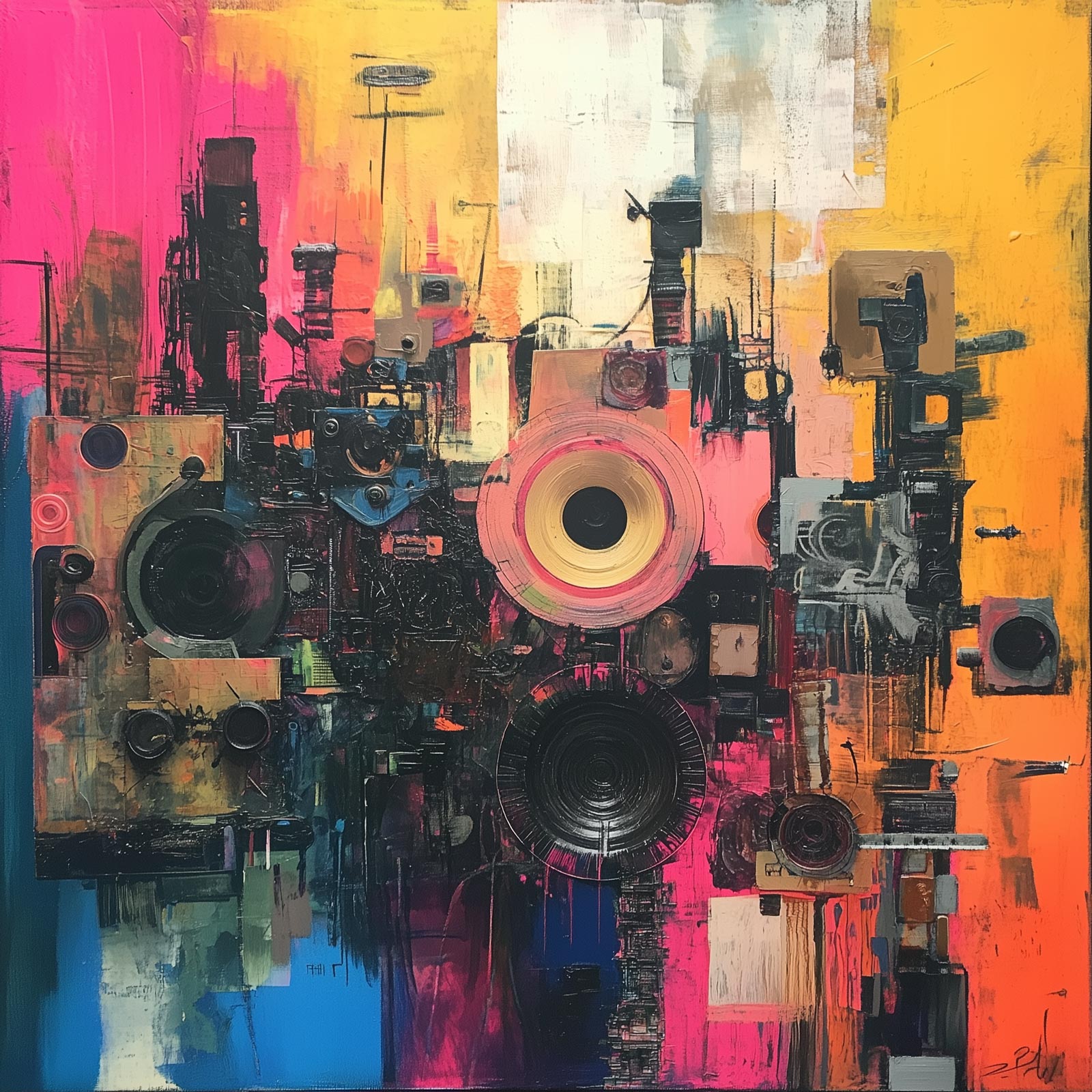For the last two years, we’ve been told generative AI will change everything — our jobs, our creativity, even our dinner table conversations. But now, thanks to Google Cloud’s compilation of 101 real-world use cases, we can finally see what “changing everything” actually looks like. Spoiler: it’s less about robots stealing your role, more about them handling the boring bits so you can do the fun ones.
Across industries — from automotive to finance, healthcare to hospitality — the same patterns are emerging. Companies are moving beyond the “let’s try ChatGPT” phase and into custom-built AI systems designed to improve productivity, personalise experiences, and scale ideas faster than a caffeine-fuelled coder on a Friday night.
The talkative machines
Let’s start with the most visible side of the AI boom: conversation. Mercedes-Benz now fits cars with chatty dashboards powered by Google’s generative models, allowing drivers to ask questions as naturally as they would Siri — only this time, the car actually knows the answer. Meanwhile, Taiwanese EV brand Luxgen slashed its customer-service workload by 30% thanks to an AI assistant built on Vertex AI.
This new wave of customer-facing AI isn’t just chatbots with a facelift. These systems understand context, emotion, and even the quirks of local language. It’s a far cry from the “press 1 for billing” experience. Think of it more like customer service that’s had a triple espresso and read your mind before you called.
The quiet revolution inside the office
While consumers chat away to bots, another AI revolution is happening behind the scenes. Companies are using generative AI to make their employees faster, sharper, and infinitely more smug about their inbox management.
AI copilots now summarise meetings, draft proposals, debug code, and surface insights from mountains of documents that no intern deserves to read. Developers get help from AI coding assistants, analysts use models to generate data insights in seconds, and marketing teams churn out polished copy before their coffee cools.
In short, AI isn’t replacing workers — it’s quietly upgrading them.
Creativity at industrial scale
If there’s one thing AI does well, it’s creative chaos. The campaign for PODS — yes, the storage company — featured an AI engine that generated 6,000 hyper-local billboard headlines across New York City in less than two days. That’s not marketing on steroids; that’s marketing on pure algorithmic adrenaline.
Design tools like Figma now use generative models to turn vague creative briefs into fully realised visuals, complete with brand colours and layout options. Marketers are embracing this blend of human direction and machine imagination to achieve something new: creativity at industrial scale.
Instead of producing one perfect advert, you can now produce a thousand almost-perfect ones and let the data decide which works best.
Code, data, and the less glamorous side of genius
Not every use case is glamorous. Many of the 101 examples focus on what makes the corporate world tick: data analysis, software engineering, and process optimisation. AI is writing boilerplate code, generating SQL queries, producing documentation, and finding errors that would take humans hours to spot.
In logistics, it’s improving delivery-route confidence; in finance, it’s generating predictive models; in healthcare, it’s helping clinicians find the right data faster. This is the kind of invisible innovation that quietly saves millions — the AI equivalent of a background app that never crashes.
The real split: GPTs versus custom AI
Now for the big question: how much of this is simply companies using GPT-style tools versus fully customised AI systems?
The short answer: most serious players are going bespoke. Roughly 70–80% of the use cases highlighted by Google Cloud involve customised AI solutions built on enterprise platforms like Vertex AI or Gemini, trained on proprietary data and integrated into existing systems. Only around 20–30% resemble the classic “ChatGPT in the browser” use — fast, flexible, but superficial.
The difference is like renting a car versus building one. GPT consoles are great for a quick test drive, but custom AI becomes part of the organisation’s engine. It’s where the real ROI shows up.
What impact are we actually seeing?
Beyond the hype, the numbers tell their own story. Luxgen’s 30% cut in support workload, PODS’ 6,000-headline campaign, and Mercedes’ conversational cars are just the shiny examples. Beneath them sits a deeper pattern: faster decisions, fewer manual tasks, and a newfound ability to scale creativity and service without scaling cost.
These aren’t pilot projects or prototypes — they’re production-grade solutions. Businesses aren’t asking “should we use AI?” anymore; they’re asking “how deeply can we embed it before lunch?”
Lessons from the front line
So what do all these case studies reveal? First, generative AI has grown up. It’s not a novelty; it’s an infrastructure shift. Second, the biggest wins come from integration, not imitation. Plugging into GPT is easy, but weaving AI into your systems, workflows, and brand DNA is where magic happens.
And finally, the hype is justified — just not in the way early headlines suggested. AI isn’t about replacing people. It’s about making people (and their ideas) infinitely more scalable.
The age of “playing with AI” is over. Welcome to the age of working with it.
You can read Googles full article here 1,001 real-world gen AI use cases from the world’s leading organizations



